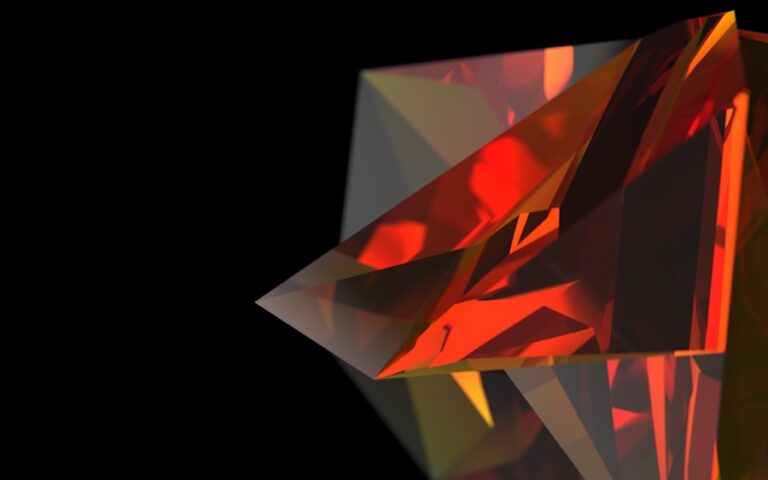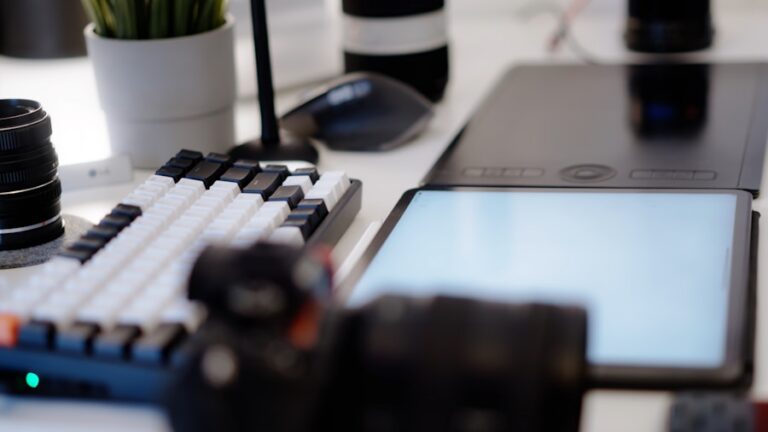From Pixels to Masterpieces: The Evolution of Digital Arts and Design
The birth of digital arts and design can be traced back to the 1950s and 1960s when computer technology began to advance rapidly. It was during this time that artists and designers started to experiment with using computers as a tool for creating art and design. One of the earliest examples of digital art is the work of Ben Laposky, who used an oscilloscope to create abstract electronic images in the 1950s. This marked the beginning of a new era in which artists and designers could use technology to create innovative and unique works of art.
As computer technology continued to evolve, so did the possibilities for digital arts and design. In the 1970s, the development of computer graphics software allowed artists and designers to create complex and realistic images on a computer screen. This led to the emergence of digital art as a legitimate form of artistic expression, with artists such as John Whitney and Lillian Schwartz pioneering the use of computer-generated imagery in their work. The birth of digital arts and design marked a significant shift in the way that art and design were created, opening up new possibilities for creativity and expression.
The Impact of Technology on Creative Expression
The impact of technology on creative expression has been profound, revolutionizing the way that artists and designers create and share their work. With the advent of digital tools and software, artists and designers have been able to push the boundaries of traditional artistic mediums, creating new forms of expression that were previously unimaginable. The ability to manipulate images, create interactive installations, and produce immersive virtual reality experiences has transformed the way that art is experienced and understood.
Furthermore, technology has also democratized the creative process, making it more accessible to a wider audience. With the rise of social media and online platforms, artists and designers can now share their work with a global audience, bypassing traditional gatekeepers and reaching new fans and supporters. This has led to a more diverse and inclusive creative landscape, with artists from all backgrounds and disciplines finding new ways to express themselves through digital arts and design. The impact of technology on creative expression has been transformative, opening up new possibilities for artists and designers to explore and innovate in their work.
The Rise of Digital Tools and Software
The rise of digital tools and software has been instrumental in shaping the landscape of digital arts and design. From the early days of computer graphics software to the latest advancements in virtual reality technology, digital tools have empowered artists and designers to create groundbreaking work that pushes the boundaries of traditional artistic mediums. Software such as Adobe Creative Suite, Autodesk Maya, and Unity have become essential tools for artists and designers, allowing them to create stunning visual effects, 3D animations, and interactive experiences that were previously impossible.
In addition to software, the rise of digital tools such as graphic tablets, 3D printers, and motion capture technology has further expanded the possibilities for digital arts and design. These tools have enabled artists and designers to work in new ways, blurring the lines between traditional artistic mediums and digital technology. The rise of digital tools and software has transformed the creative process, allowing artists and designers to experiment with new techniques and approaches that were previously out of reach.
Digital Arts in Contemporary Culture
Digital arts have become an integral part of contemporary culture, influencing everything from advertising and entertainment to fashion and fine art. The rise of digital arts has transformed the way that we experience visual culture, with digital imagery and interactive media becoming ubiquitous in our daily lives. From the immersive worlds of video games to the cutting-edge visual effects in blockbuster films, digital arts have become a driving force in shaping contemporary culture.
Furthermore, digital arts have also had a significant impact on the way that we consume and interact with art and design. With the rise of online platforms and social media, artists and designers can now share their work with a global audience, reaching new fans and supporters from all corners of the world. This has led to a more diverse and inclusive creative landscape, with artists from all backgrounds finding new ways to express themselves through digital arts. Digital arts have become an essential part of contemporary culture, shaping the way that we create, consume, and understand art and design.
The Influence of Digital Arts on Traditional Art Forms
The influence of digital arts on traditional art forms has been profound, leading to a reimagining of traditional artistic mediums and techniques. With the rise of digital tools and software, artists have been able to experiment with new techniques and approaches that were previously impossible. This has led to a blurring of the lines between traditional artistic mediums and digital technology, with artists incorporating digital elements into their work in innovative ways.
Furthermore, digital arts have also inspired a new generation of artists to explore new forms of expression that were previously unimaginable. From interactive installations to immersive virtual reality experiences, digital arts have pushed the boundaries of traditional art forms, leading to a renaissance in artistic innovation. The influence of digital arts on traditional art forms has transformed the way that we understand and appreciate art, opening up new possibilities for creativity and expression.
The Future of Digital Arts and Design
The future of digital arts and design is filled with exciting possibilities, as technology continues to advance at a rapid pace. With the rise of artificial intelligence, virtual reality, and augmented reality, artists and designers will have access to new tools and techniques that will revolutionize the way that art is created and experienced. The future of digital arts will be characterized by innovation and experimentation, as artists push the boundaries of traditional artistic mediums and embrace new forms of expression.
Furthermore, the future of digital arts will also be shaped by a more diverse and inclusive creative landscape, with artists from all backgrounds finding new ways to express themselves through digital arts. With the rise of online platforms and social media, artists will be able to share their work with a global audience, reaching new fans and supporters from all corners of the world. The future of digital arts is bright, with endless possibilities for creativity and expression.
The Role of Digital Arts in the Creative Industry
The role of digital arts in the creative industry has become increasingly important, as technology continues to transform the way that art is created, consumed, and understood. With the rise of digital tools and software, artists and designers have been able to push the boundaries of traditional artistic mediums, creating groundbreaking work that challenges our understanding of art and design. Digital arts have become an essential part of the creative industry, influencing everything from advertising and entertainment to fashion and fine art.
Furthermore, the role of digital arts in the creative industry has also led to a more diverse and inclusive landscape, with artists from all backgrounds finding new ways to express themselves through digital arts. With the rise of online platforms and social media, artists can now share their work with a global audience, reaching new fans and supporters from all corners of the world. This has led to a renaissance in artistic innovation, with artists pushing the boundaries of traditional art forms and embracing new forms of expression. The role of digital arts in the creative industry will continue to grow in importance, shaping the way that we create, consume, and understand art and design.





